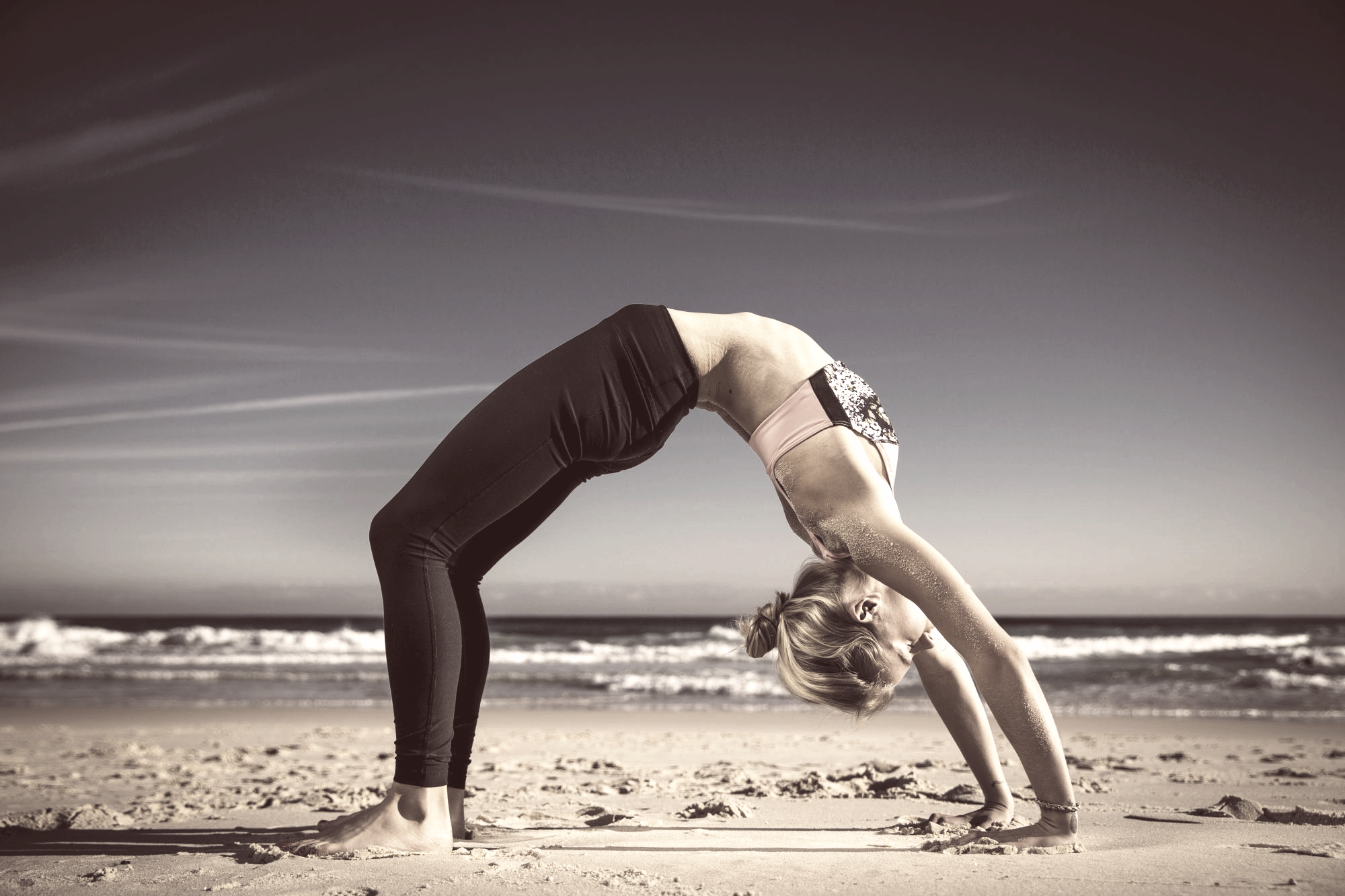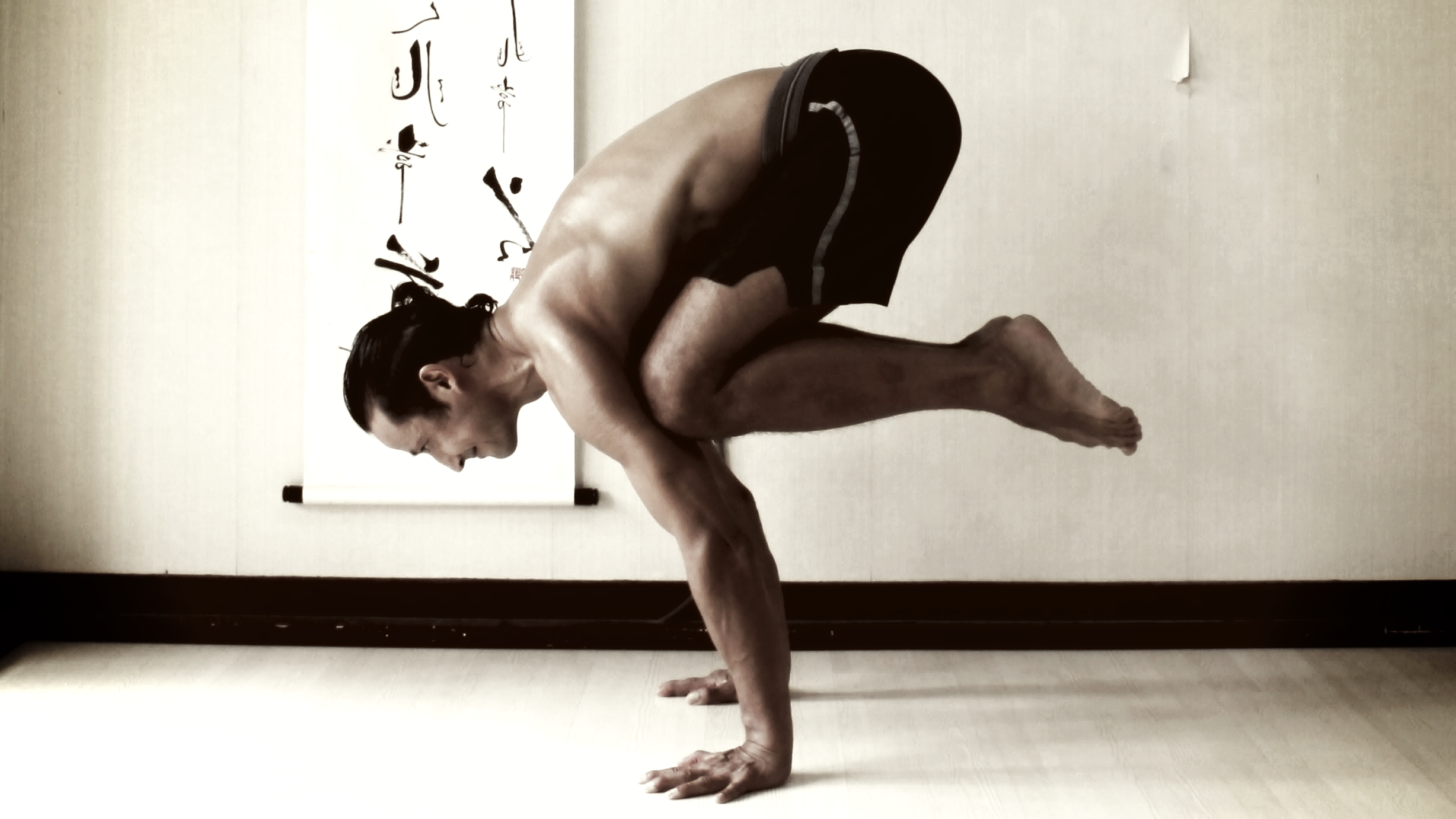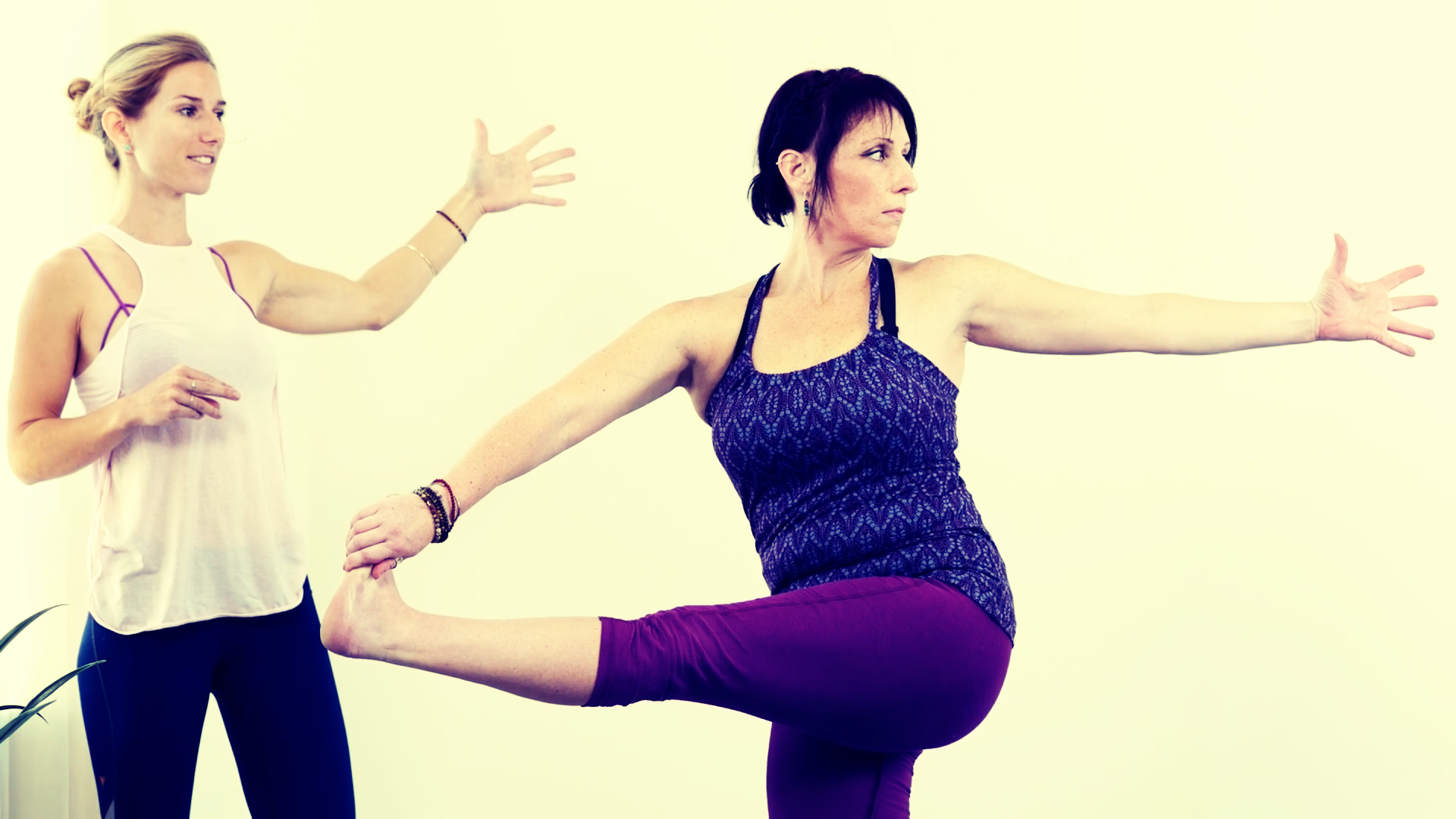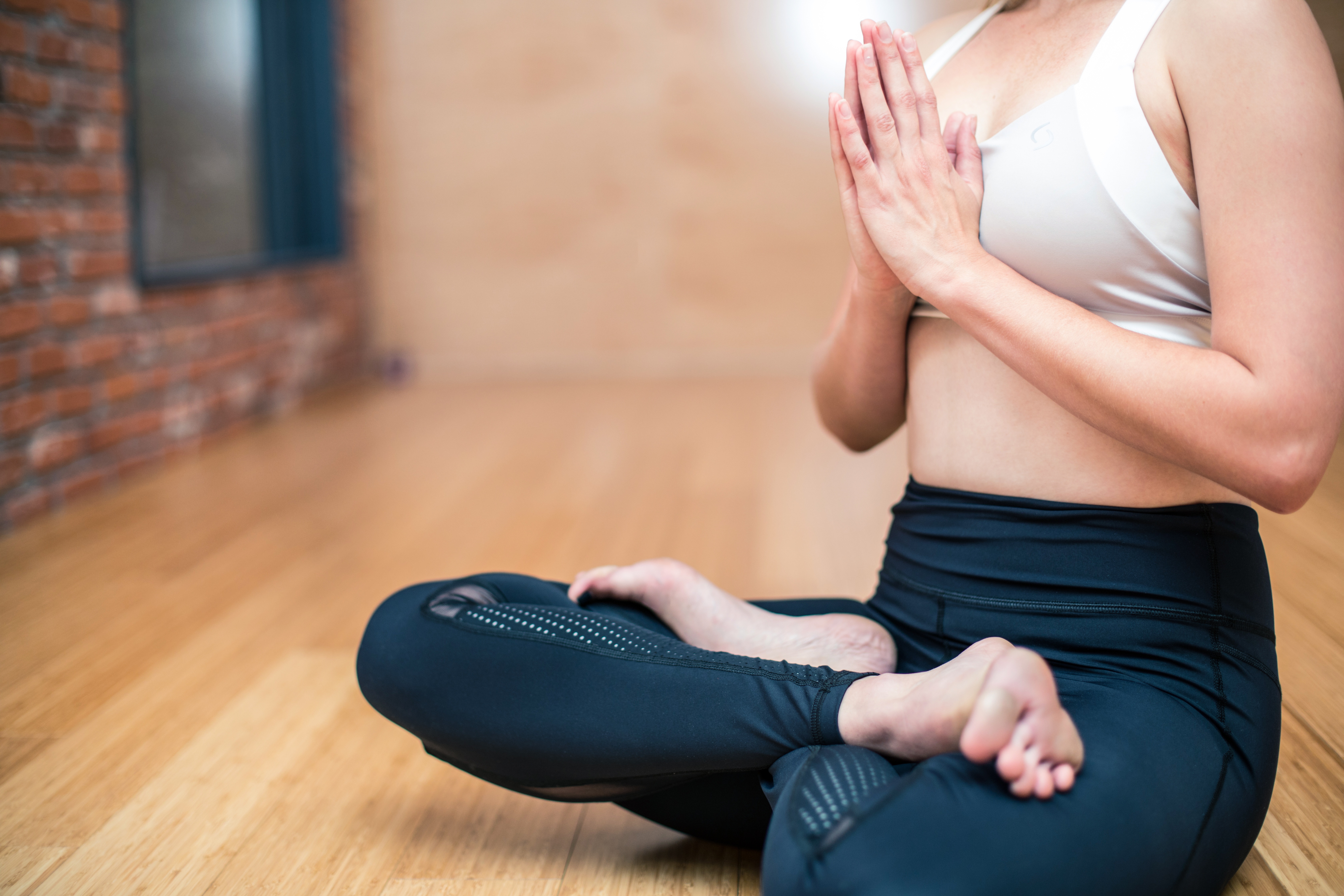It’s easy to see why many yoga teachers focus on one style of yoga. When you immerse yourself, you get a deeper understanding and are able to communicate it effectively. Although styles may at first seem disparate, each approach points to yoga’s ultimate goal of union. Processing, integrating, and teaching in more than one style can both serve your students and enliven your own practice.
 Johanna Andersson, who teaches yoga in her native Sweden and worldwide, has a packed weekly schedule that includes classes in vinyasa yoga, Yin Yoga, Forrest Yoga, hot yoga, yoga with kettle bells, yogalates, and dance. Such varied approaches can coexist in one week—let alone in one teacher’s lesson plans—because, at the core, these are all variations on a single subject. Andersson says, “To me, it’s all yoga! It’s just different labels. We in the West have an issue with labeling things—saying this is that and not that, creating frames and boundaries to feel safe, to strengthen our identity, and to be part of a special group. The root of this is actually very beautiful: wanting to unite, which is what yoga is all about. But instead of uniting, this labeling only creates separation.”
Johanna Andersson, who teaches yoga in her native Sweden and worldwide, has a packed weekly schedule that includes classes in vinyasa yoga, Yin Yoga, Forrest Yoga, hot yoga, yoga with kettle bells, yogalates, and dance. Such varied approaches can coexist in one week—let alone in one teacher’s lesson plans—because, at the core, these are all variations on a single subject. Andersson says, “To me, it’s all yoga! It’s just different labels. We in the West have an issue with labeling things—saying this is that and not that, creating frames and boundaries to feel safe, to strengthen our identity, and to be part of a special group. The root of this is actually very beautiful: wanting to unite, which is what yoga is all about. But instead of uniting, this labeling only creates separation.”
While the trend in yoga has been toward labeled or even branded style—Ananda, Anusara, and Ashtanga begin a list that contains more items than letters of the alphabet—many teachers draw on their study in more than one area. They can then teach classes with definitive titles tied to a particular style, or they can combine their experience into an eclectic approach, bringing their students exposure to more than one style.
Tackling Contradictions
How can you teach in many different styles without seeming like a teacher whose knowledge is broad but not deep? By continuing your study and your own practice. Only through continued work with master teachers and through self-studycan you truly process each approach, sorting out what is most useful for you and your students.
Wen has assisted many Western yoga luminaries, including Rodney Yee, Erich Schiffmann, and Judith Lasater. “They’re in the lineage of Krishnamacharya, so they do fit together in one very clear, precise way,” she says. But at the same time, different teachers may have different opinions about alignment. Issues of alignment in poses as basic as Tadasana (Mountain Pose) can differ widely among styles. Wen recommends digesting each style of practice, seeing how it sits in your own body, then carefully observing your students to determine what is best for their individual bodies.
Loebsack agrees that her experiences as a student deepen her understanding of her own practice, and therefore of her own teaching. “Each new style I learn, each new class I take or teach, is part of a process of self-discovery and self-correction,” she says.
This ongoing process of learning is what keeps the multidisciplinary teacher from being a “jack of all trades, master of none.” Through the process of resolving contradictions among various styles, the teacher comes closer to an understanding of yoga as a whole.
Sampling a little bit of everything
Exposure to many different styles will flavor your own yoga practice; it’s similarly good for students to tour various classes. “We travel to different countries and get inspiration from different cultures,” Andersson says. “Then we go home and season our dinner in a new way, with a twist, and we become creative! You can have a core practice and add principles from other styles.”
After tasting various styles, you might then choose to study one thoroughly. Deep study in different styles will give you broad range and versatility as a teacher.
You’ll know you’re ready to teach in a particular style when you feel well versed in its language—and, more importantly, when you see how it relates to the other approaches you’ve studied. Once you reach this awareness of a particular style, you can teach it with integrity. Your teaching will further deepen your understanding, creating a cycle of enrichment that will broaden your understanding of the practice.
Ultimately, it’s all yoga. “Yoga is greater than one way.”









nice
I’ve subscribed to you blog now, keep this posts up.